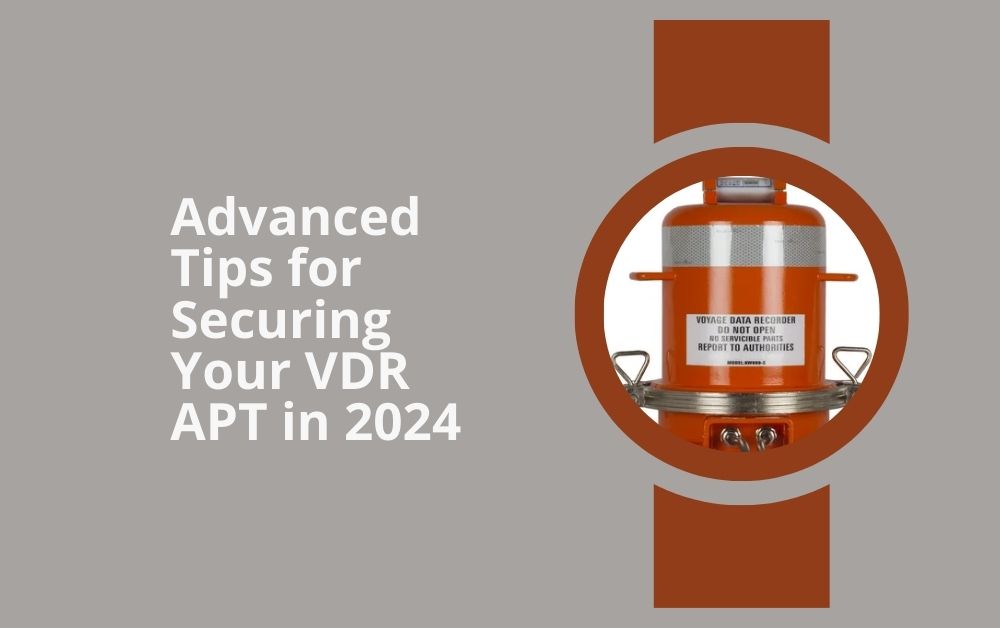Securing your Virtual Data Room (VDR) from Advanced Persistent Threats (APTs) is crucial. APTs are sophisticated cyberattacks that can persistently target your sensitive data, posing serious risks to your business. As cyber threats evolve, so must our defense strategies. Here are some advanced tips to enhance the security of your VDR against APTs in 2024:
Understanding APTs and Their Risks
Before diving into advanced security tips, let’s understand what APTs are and the risks they pose. APTs are stealthy and continuous cyberattacks orchestrated by skilled adversaries. These attackers target specific organizations to gain unauthorized access to sensitive information or systems. The consequences of APTs can be severe, including data breaches, financial losses, and reputational damage.
Implementing Multi-Factor Authentication (MFA)
One of the most effective ways to bolster VDR security is by implementing Multi-Factor Authentication (MFA). MFA adds an extra layer of protection by requiring users to provide multiple forms of authentication before accessing the VDR. This could include a combination of passwords, biometric data, or security tokens. By requiring multiple factors for authentication, MFA significantly reduces the risk of unauthorized access, even if one factor is compromised.
Encrypting Data at Rest and in Transit
Encryption plays a vital role in safeguarding data against APTs. Encrypting data at rest ensures that information stored within the VDR remains secure even if the underlying storage infrastructure is compromised. Similarly, encrypting data in transit protects information as it travels between users and the VDR server. Utilizing strong encryption algorithms and regularly updating encryption keys enhances the security posture of your VDR and mitigates the risk of data interception by APTs.
Implementing Role-Based Access Controls (RBAC)
Role-Based Access Controls (RBAC) restrict user permissions based on their roles within the organization. By assigning specific access levels to users, organizations can limit the exposure of sensitive data and reduce the attack surface for potential APTs. RBAC ensures that users only have access to the information necessary for their job responsibilities, minimizing the risk of unauthorized data access or manipulation by malicious actors.
Regular Security Audits and Penetration Testing
Conducting regular security audits and penetration testing is essential for identifying and addressing potential vulnerabilities in your VDR. Security audits involve assessing the effectiveness of existing security measures and identifying areas for improvement. Penetration testing, on the other hand, involves simulating cyberattacks to evaluate the resilience of your VDR against real-world threats, including APTs. By proactively identifying and remedying security weaknesses, organizations can strengthen their defenses and reduce the likelihood of successful APT attacks.
Implementing Intrusion Detection and Prevention Systems (IDPS)
Intrusion Detection and Prevention Systems (IDPS) monitor network traffic and system activities for suspicious behavior indicative of APTs or other cyber threats. These systems use advanced algorithms and threat intelligence to detect and mitigate potential security breaches in real-time. By promptly identifying and responding to APTs, IDPS help organizations minimize the impact of cyberattacks and prevent unauthorized access to their VDR.
Educating Employees on Cybersecurity Best Practices
Employees are often the weakest link in an organization’s cybersecurity defense against APTs. Human error, such as falling for phishing scams or using weak passwords, can inadvertently expose the VDR to potential threats. Educating employees on cybersecurity best practices, such as recognizing phishing attempts, creating strong passwords, and exercising caution when sharing sensitive information, is critical for enhancing overall security posture. Regular training sessions and awareness programs help empower employees to become vigilant guardians of your VDR against APTs.
Maintaining Regular Software Updates and Patch Management
Regularly updating software and applying security patches is essential for mitigating vulnerabilities that could be exploited by APTs. Software vendors often release updates to address known security flaws and enhance the resilience of their products against emerging threats. By staying up-to-date with software updates and patch management, organizations can close potential entry points for APTs and ensure that their VDR remains secure against evolving cyber threats.
Conclusion
Securing your VDR against APTs requires a multi-faceted approach that combines advanced security measures, employee awareness, and proactive risk management. By implementing multi-factor authentication, encrypting data, enforcing role-based access controls, conducting regular security audits, deploying intrusion detection systems, educating employees, and maintaining software updates, organizations can significantly enhance the security of their VDR in 2024. By staying vigilant and continuously evolving security strategies, organizations can effectively mitigate the risks posed by APTs and safeguard their sensitive data from unauthorized access or exploitation.
Note :- For more insightful articles related to this topic, feel free to visit www.xgenblogs.com.au.
